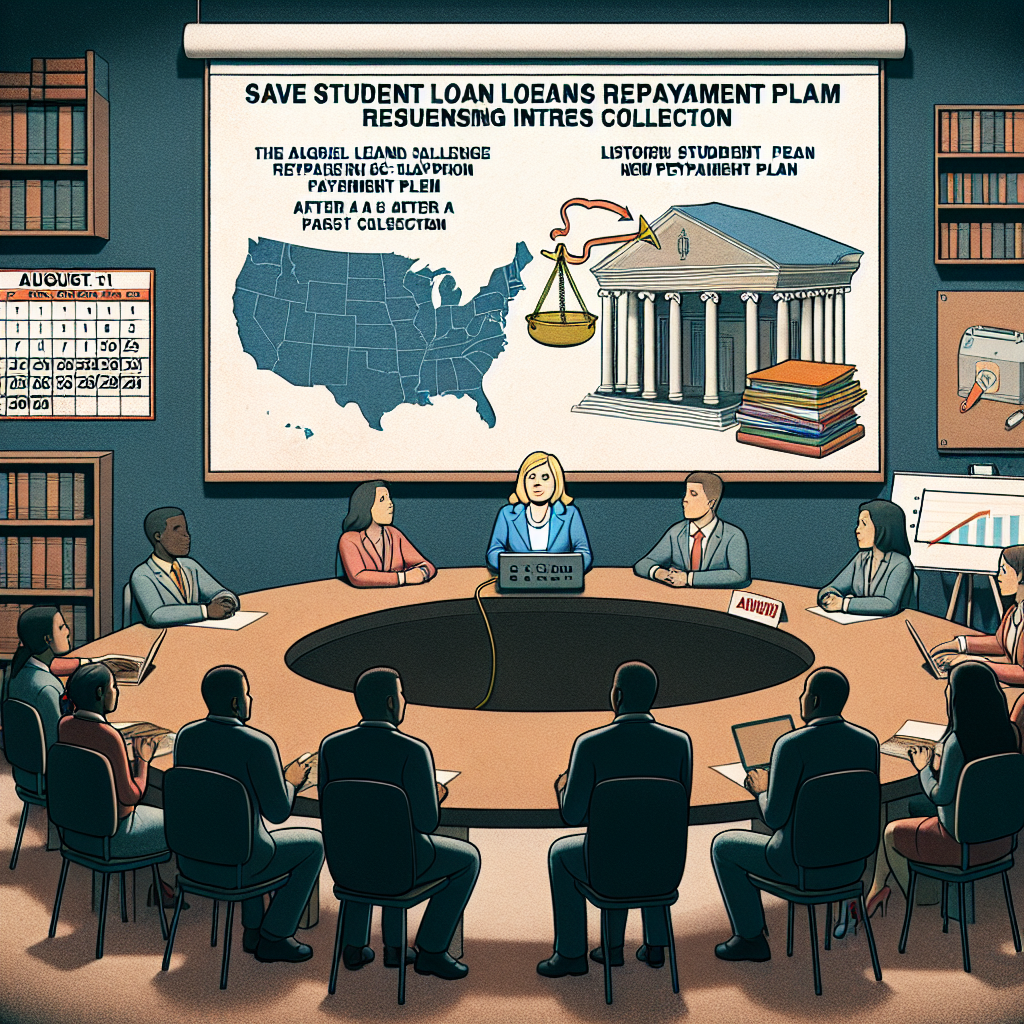Facing legal challenges, the SAVE student loan repayment plan, after a year of suspension, resumed interest collection on August 1st. At the same time, the Trump administration suggested that SAVE borrowers switch to a new repayment plan.
U.S. Secretary of Education, Linda McMahon, advised borrowers to “swiftly transition to a lawful and compliant repayment plan,” such as income-based repayment, to avoid balance growth.
The SAVE plan (Saving on A Valuable Education) was introduced by the Biden administration in 2023, aiming to provide borrowers with an economically viable path for repaying student loans. But since last summer, when a federal court, responding to a lawsuit from Republican state prosecutors, halted the plan, it has been in limbo with loans in deferment.
Currently, interest on the SAVE plan has been reinstated, and the plan is set to end in 2028. Borrowers can choose to continue using the SAVE plan for repayment during the accumulation of interest, or switch to the new repayment plan.
According to the Trump administration’s expenditure bill, starting from July 2026, student loan borrowers will have two repayment options: the Standard Repayment plan or the Repayment Assistance Plan (RAP). The RAP plan forgives borrowers’ balances after 30 years.
SAVE is set to conclude in July 2028 as part of a major overhaul of government student loan programs. This includes ceasing new applications for the Income-Contingent Repayment Plan (ICR) and the Pay As You Earn Repayment Plan (PAYE).
Rafael Melendez, Managing Partner at San Diego NextGen Financial Planning, expressed, “There is a lot of uncertainty overall.” He urged borrowers to visit the Federal Student Aid website for the latest updates.
Melendez emphasized that the 7.7 million borrowers using the SAVE program should start repaying or changing plans immediately, or they may end up paying thousands of dollars in compound interest.
Melendez informed CNBC Select, “Assuming your loan balance is $100,000 with a 7% interest rate, which is not uncommon for some graduate students. In two years, if there is no repayment, this could mean an additional $15,000.”
If you are currently using the SAVE plan, consider whether to switch plans and refinance now or continue with the SAVE plan until the repayment deadline in 2028.
Melendez suggests calculating the outcomes of each strategy, determining which minimizes the costs within the loan term, and optimizing accordingly.
If you can afford the interest, you can continue using the SAVE plan, but be sure to switch to a new plan by July 2028, or you will automatically be enrolled in the Repayment Assistance Plan (RAP).
Another option after leaving the SAVE plan is refinancing with private student loans. Experts caution that doing so may result in losing the protections associated with federal loans. However, if your financial situation is stable, this could be the right choice.
Switching from federal to private loans will result in losing income-driven repayment plans and any future student loan forgiveness.
Some private loan institutions also offer hardship assistance, such as repayment deferment in cases of unemployment or financial distress. Before signing any contracts, be sure to consult and make informed choices.

